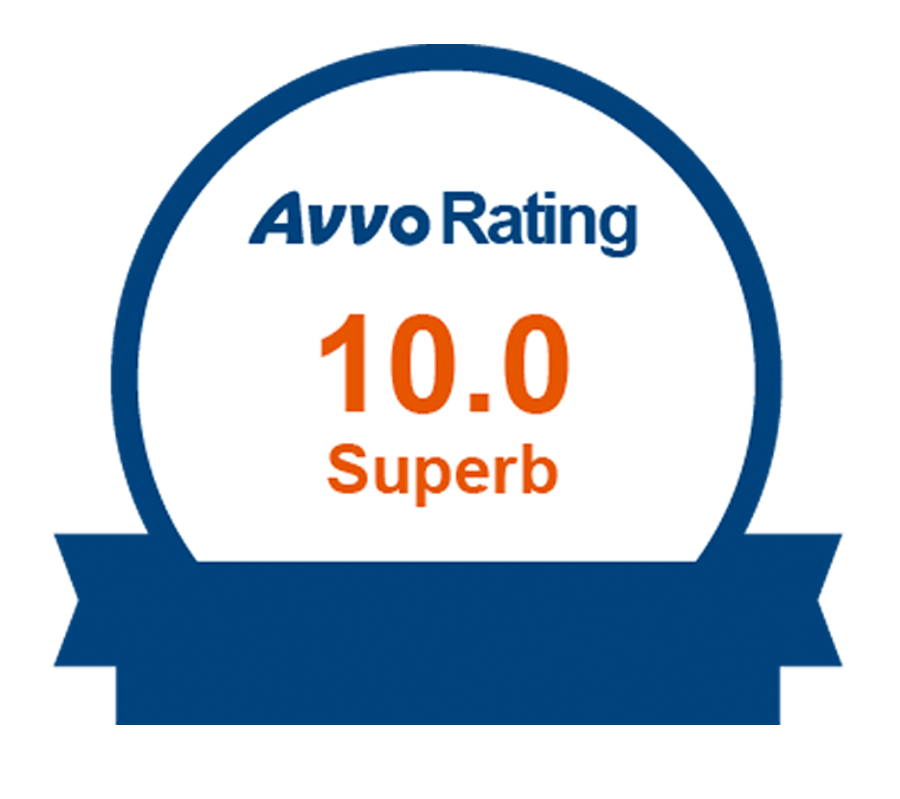One year ago this week, the House passed the SECURE Act with 417 yeas and 3 nays. Although this bill, Setting Every Community Up for Retirement Enhancement Act of 2019, H.R. 1994, 116th Cong. (2019), had overwhelming bipartisan support, it languished in the Senate. Estate planning attorneys, financial planners, and industry experts watched the bill for the rest of 2019 with particular interest, in large part because of a provision in Title IV of the bill that proposed modifying the required minimum distribution rules for qualified retirement accounts by eliminating the “stretch” for all beneficiaries except those qualifying as “eligible designated beneficiaries.” By December 2019, it seemed that the SECURE Act bill was going to die with the year. However, in a last-minute move, the SECURE Act was attached to the Further Consolidated Appropriations Act (FCAA) of 2020, H.R. 1865, 116th Cong. (2020), in a slightly modified form. This version of the SECURE Act, which Congress passed in mid-December, was signed into law on December 20, 2019, with an effective date of January 1, 2020, for most of its provisions.
The SECURE Act is found in Division O of the FCAA. The provision that eliminates the stretch for inherited retirement accounts is found in Section 401 of Division O, which modifies Internal Revenue Code (Code) Section 401(a)(9). Five months after enactment, estate planners are still grappling with the changes made to Section 401(a)(9), which include the addition of a new class of beneficiaries called “eligible designated beneficiaries,” I.R.C. § 401(a)(9)(E)(ii) (West 2020), the substitution of the “10-year rule” for the “5-year rule” for designated beneficiaries, I.R.C. § 401(a)(9)(H)(i)(I) (West 2020), and a newly created “applicable multi-beneficiary trust,” I.R.C. § 401(a)(9)(H)(v) (West 2020).
The previous rule allowing designated beneficiaries to stretch the payment of inherited retirement benefits over their lifetimes has been replaced with a new rule requiring distribution by the end of the tenth year following a participant’s death. An exception to the 10-year rule applies to the following five types of eligible designated beneficiaries: (1) the surviving spouse, (2) minor children of the participant, (3) disabled beneficiaries, (4) chronically ill beneficiaries, and (5) individuals not in the first four categories who are not more than ten years younger than the participant. Of these five types of beneficiaries, all but minor children are eligible to stretch distributions over their remaining lifetime. Minor children may stretch their distributions only while they are minors and must switch to the 10-year rule upon attaining majority. The rules on applicable multi-beneficiary trusts are aimed at trusts for disabled and chronically ill eligible beneficiaries and were not included in the version of the bill that originally passed the House in May 2019. Also new with the SECURE Act is the requirement that after the death of an eligible designated beneficiary, the distribution period for remaining retirement assets must switch to the 10-year rule.
Other than specific provisions changed by the SECURE Act, existing Treasury Regulations have not changed. A key definition found in Code Section 401(a)(9)(E)(i) also has not changed—as was the case prior to passage of the SECURE Act, “designated beneficiary” still means “any individual designated as a beneficiary by the employee.” Further, Treas. Reg. Section 1.401(a)(9)-4, A-3 still applies, which states, “A person that is not an individual, such as the employee’s estate, may not be a designated beneficiary.” The treatment of non-designated beneficiaries has not changed under the SECURE Act, which means that they must still receive retirement benefits under the 5-year rule.
Importantly for estate planners, Treas. Reg. Section 1.401(a)(9)-4 Q-4 and A-5(a) still apply, which provide that “[i]f a trust is named as a beneficiary of an employee, . . . the beneficiaries of the trust (and not the trust itself) will be treated as having been designated as beneficiaries of the employee under the plan for purposes of determining the distribution period under section 401(a)(9).” For the beneficiaries of the trust to get this treatment, Treas. Reg. Section 1.401(a)(9)-4, A-4(b) requires that (1) the trust is valid under state law, (2) the trust is irrevocable or will become irrevocable upon the death of the employee, (3) the trust beneficiaries are identifiable individuals, and (4) the appropriate documentation is timely provided to the plan administrator.
Following the passage of the SECURE Act, two types of trusts continue to meet the third requirement under Treas. Reg. Section 1.401(a)(9)-4, A-4(b) that the beneficiaries be identifiable individuals: conduit trusts and see-through accumulation trusts. The Internal Revenue Service (IRS) will “look through” or “see through” both types of trusts to identify the designated beneficiaries. To qualify as a conduit trust, a trust must mirror the example provided in Treas. Reg. Section 1.401(a)(9)-4, A-7(c), Example 2, in which the trust requires that all amounts distributed from the retirement account to the trustee be paid directly to the trust beneficiary upon receipt by the trustee. Conduit trusts are considered a safe harbor for treatment of qualifying trust beneficiaries as designated beneficiaries because there is no need to consider whether the trust’s remainder beneficiaries are designated beneficiaries. Any trust that does not contain conduit provisions is an accumulation trust, and the issue then becomes whether the accumulation trust qualifies to have the trust beneficiaries treated as designated beneficiaries with respect to the distribution of qualified retirement plan assets. If the accumulation trust qualifies for such treatment, it is sometimes called a see-through accumulation trust, a designated beneficiary trust, or simply, a qualifying trust.
Conclusion
You have invested a lot of time in making your business a success, and it is difficult to think about relinquishing ownership or control of it. Nevertheless, planning is critical in creating a lasting legacy for your family. We can help you put a plan in place that helps you successfully pass your business on to the next generation and ensures that you have a financially secure retirement. Contact our office today at (972) 712-1515 to set up a meeting to discuss this timely topic.
Why Singles Should Worry about Estate Planning
Why Singles Should Worry about Estate Plannings -What To Know Several Reasons Single People Still Need To Be Concerned With Estate Planning When you’re putting together an estate plan, you often choose your spouse ...
Warning: Don’t Let Creditors Inherit from You or Your Spouse
Don't Let Creditors Steal From Your Loved Ones - What To Know How To Ensure Your Spouse Receives Your Retirement Accounts and Not Creditors In most cases, spouses will inherit any of your ...
Can a Beneficiary Also Be a Trustee of a Trust?
Can a Beneficiary Also Be a Trustee of a Trust? -What To Know Many people, creating a revocable living trust, designate their children as the beneficiaries. But, they need to choose a person ...






